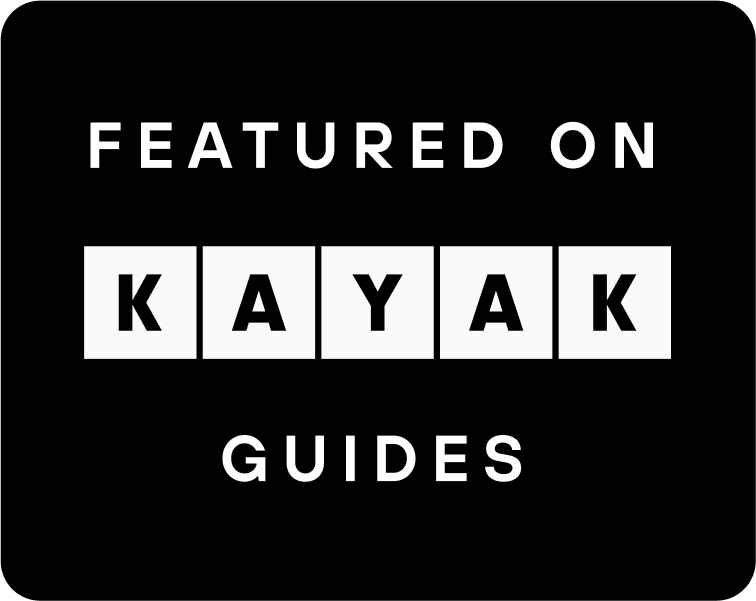Starting the Meditation Journey: Preliminary Exercises
- Elena Tsokou
- Apr 16, 2024
- 2 min read

The main purpose of meditation exercises is to allow the practitioner to sit motionless for long periods without feeling discomfort.
Swami Sivananda of Rishikesh said the following about asanas and meditation: "You must be able to sit in one of the meditation asanas for three whole hours without the body trembling. Only then will you attain true asana siddhi, mastery over the asana, and be able to practice at the higher stages of pranayama and dhyana. Without ensuring a stable asana, you cannot progress well in meditation. The more stable you are in your asana, the more you can focus your mind on a single point. If you can be steady in a posture for even one hour, you will be able to achieve a concentrated mind and feel atmic anandam, infinite peace, and inner bliss within yourself."
Pre-meditation asanas:
The following selected practices from the Pawanmuktasana series are useful for preparing the body for meditation asanas and can be applied daily for 15-20 repetitions:
1. Goolf chakra (ankle rotation)

2. Janu chakra (knee movement)

3. Ardha titali asana (half butterfly pose)

4. Shroni chakra (hip rotation)

5. Poorna titali (full butterfly pose)

6. Vayunishkasana (gas releasing pose)

7. Udarakarshanasana (abdominal stretch pose)

8. Shaithaly asana (animal relaxation pose)

Initially, most people will find it challenging to sit in one asana for an extended period. However, through regular practice of the pre-meditation poses mentioned here, the legs and hips will become sufficiently flexible to maintain a steady posture comfortably.
Only when the body is stable and motionless for a sufficient period can meditation be achieved.
Deep meditation requires the spine to be erect, but very few asanas - postures achieve this. Additionally, when we reach advanced levels of meditation, muscle control is lost, so the choice of posture should be based on minimal effort on our part. The Shavasana posture is not recommended because there is a tendency to fall asleep.
Closing this chapter on preliminary meditation exercises, let us take a deep breath and open our eyes to the endless world of meditation postures. In the next two articles, we will explore various positions and their beneficial effects on the mind and body, enhancing our inner peace and helping us embrace life with greater harmony.
Namaste!









Comments